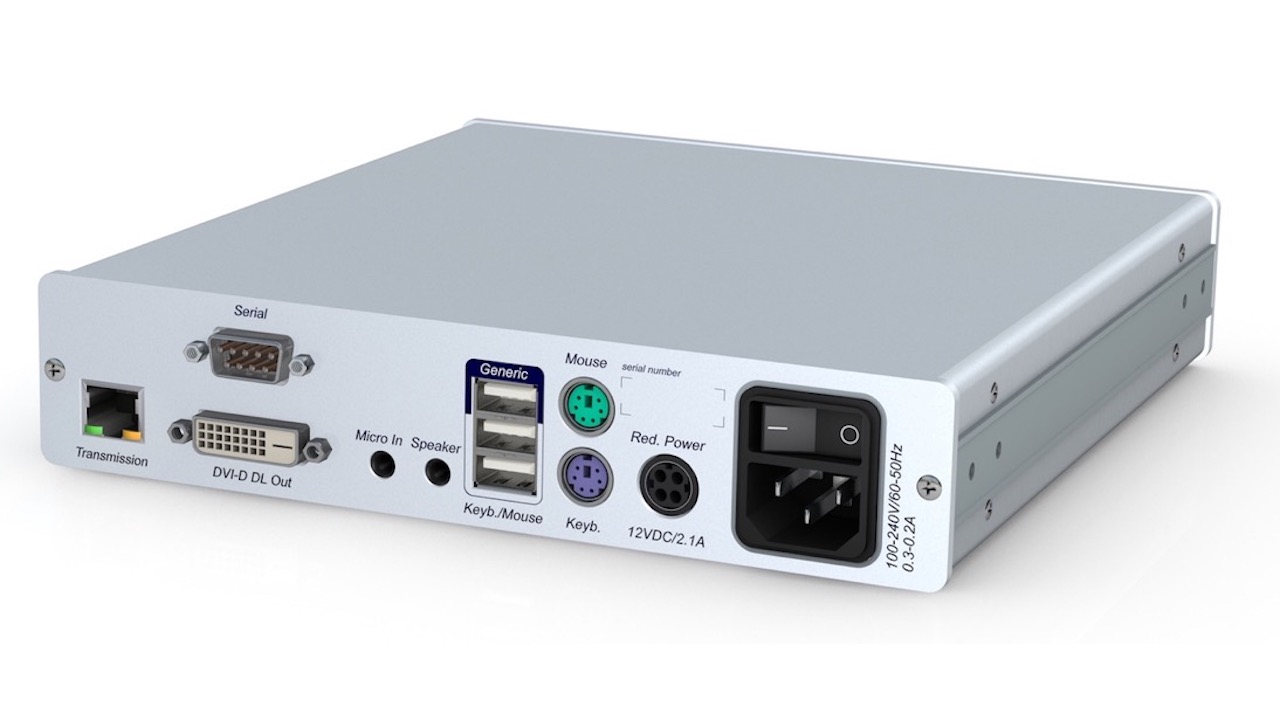As every business owner knows, time is money. Needlessly inefficient tasks hurt the bottom line. Because of this, having a network-distributed KVM system can help you stop wasting money by having to physically send a technician, or by hiring more technicians just for onsite support. It is expensive, and thanks to network-distributed KVM, completely unnecessary.
Before the invention of KVM over IP, if you wanted to solve these problems, you had to install physical wire, a costly and inflexible solution. With a G&D KVM-over-IP system, you can use the existing network infrastructure already installed in most buildings, saving large amounts of time and money. With the flexibility of the system, you can even move your control room to another building without much trouble. Scenario switching allows you to set up multiple scripts that completely reconfigure the system in seconds. No longer will the day and night shifts have to compromise with each other on the most efficient configuration. Simply save one for every possible scenario and load them when needed.
G&D offers endpoints available with DP1.1, DP1.2, DVI, and DL-DVI video signals. The system also supports bi-directional stereo audio, PS/2, and USB 2.0 devices and is completely RS-232 transparent for control. But the true power of the system lies in the ControlCenter-IP software, which includes the basic administration with extensive user and rights management. It has many helpful and popular control room features such as monitoring, scenario switching, and push-get for optimal cooperation and incorporation of video walls to cross-display switching.
Cross-display switching and push-get are features deserving of special note, as it would be quite difficult to achieve either without KVM over IP. These powerful and flexible features allow you to set up a multimonitor station and have each display be a different computer while allowing your keyboard and mouse to control them all, simply by dragging the cursor into the window you need, just like a normal desktop with multiple displays. This creates a fast, powerful, and intuitive way to control multiple computers simultaneously. Similarly, the push-get feature allows a user to either push a video feed to a user’s screen or get a video feed from one, making collaboration quick and simple.
G&D did not cut corners on security, either. The system forms what is known as a trusted computing platform to help guard against third-party intrusion. Each device has on it a Trusted Platform Module with an RSA encryption length of 2048 bits. This allows rapid response to security threats and high-level data protection. The ControlCenter-IP system can also be configured to be redundant for maximum uptime.
In short, this system is essential for network administrators with computer systems spread over a wide area. The expenses saved in travel more than justify the cost of upgrading to this system. Clunky solutions like remote desktop—which can introduce security concerns and can be difficult to set up and use—do not compare.
Jeremy Caldera, CTS-D, CTS-I is the CEO and chief design engineer of audiovisual systems at IAS Technology, and is a member of the AVIXA University senior faculty.

